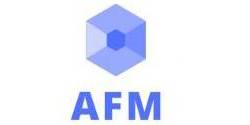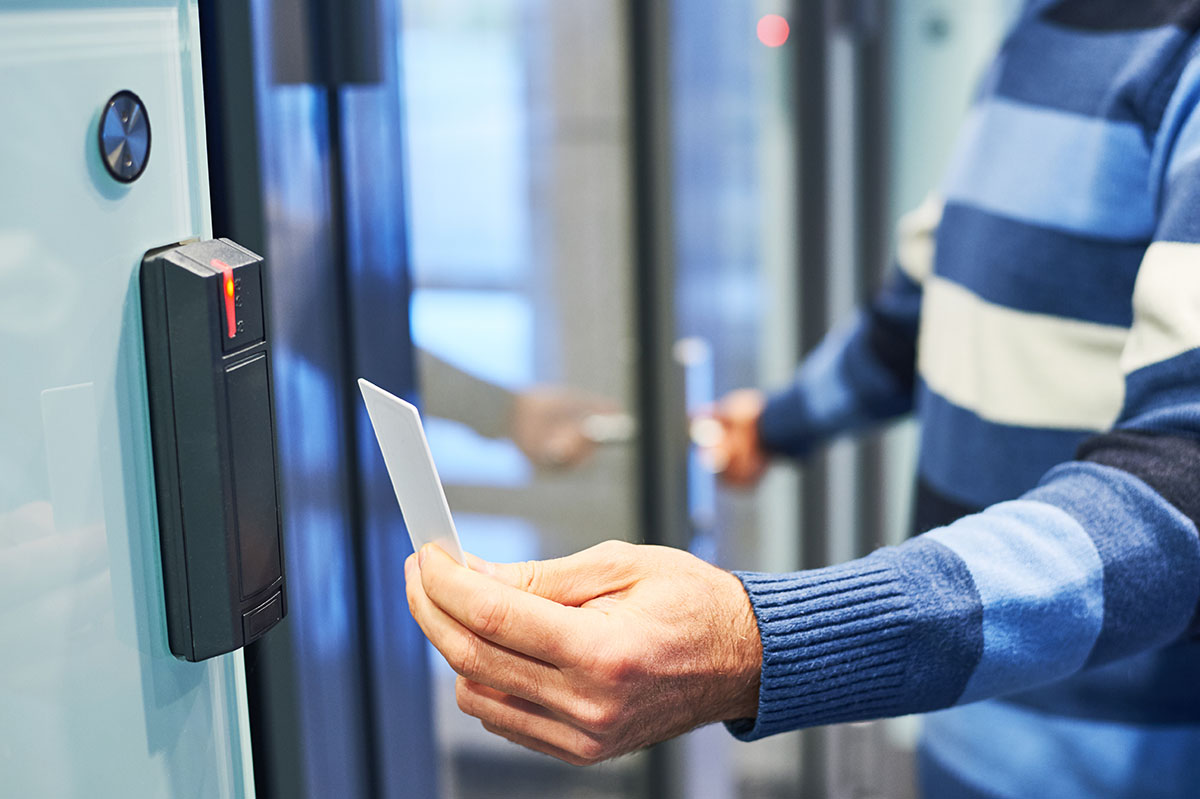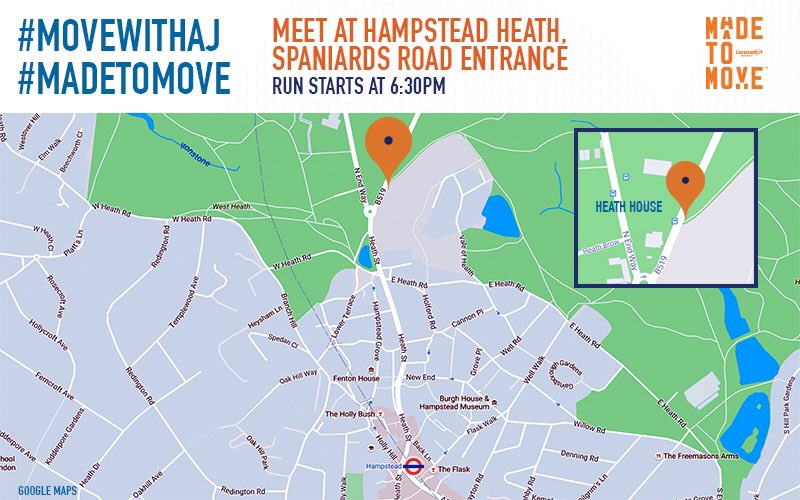Building security plays a pivotal role in protecting your business from unwanted illegal activity such as burglaries and break-ins. Proactive measures to mitigate risk include installing alarms, setting up CCTV cameras, and employing the services of a security officer.
However, certain security breaches aren’t always the result of forced entry. For example, instances of unauthorised access can come about from extending common courtesy to visitors or a simple case of oversight from employees.
Although unfortunate and often unlucky, it is imperative that every business recognises how and why unauthorised access can occur. That way, your building will remain secure at all times, protecting the business from loss, theft, and damage.
Common examples of avoidable unauthorised access
Tailgating
Tailgating is when one or more people follow an authorised person into the building without showing or presenting any form of identification. As a result, any on-site security such as a sign-in system or human officers will have little to no way of knowing who came through the door.
It goes without saying that this exposes the building to risk and compromises security. Wherever possible, every individual entering your business should be accounted for, even if they are only a visitor.
Propping doors open
It might be quick and convenient to prop doors open while popping outside briefly or transporting something heavy, but once again this is an invitation for thieves to access your premises.
It has also been known for some workplaces, including hospitals, to tape over door latches for fast and easy access to rooms and hallways. This is not only a serious security breach but could also prove dangerous if it prevents fire doors from closing properly.
Lost, stolen, or loaned keys
A number of businesses struggle with key control, especially if employees only need occasional access to the premises. In this scenario, keys could easily go missing (potentially in the hands of a criminal) for a prolonged period of time.
Even if an employee is quick to mention they’ve lost or had their keys stolen, changing the locks can prove expensive and time consuming. This is why digital entry systems are often more cost-effective in the long run.
Access cards
Even though digital entry systems have many advantages, some types of access card can be duplicated by thieves and will be prone to similar risks of keys like being lost, stolen, or shared.
One option is to introduce some sort of multi-factor authentication system, similar to what numerous websites now use to verify the identity of each user. But for businesses with high levels of footfall, this isn’t always practical or possible.
Breaking and entering
Even if you’ve done everything in your power to prevent unauthorised access, some criminals will go down the traditional route and simply leverage doors with crowbars, screwdrivers, or other common tools.
In response to traditional methods of breaking and entering, you can also deploy traditional methods of security such as deadlocks, which often frustrate even the most determined of thief.
One of the most effective things you can do to address unauthorised access is to educate employees about the aforementioned examples. For more help or guidance, feel free to contact the friendly and knowledgeable team here at Access Facilities Management.


